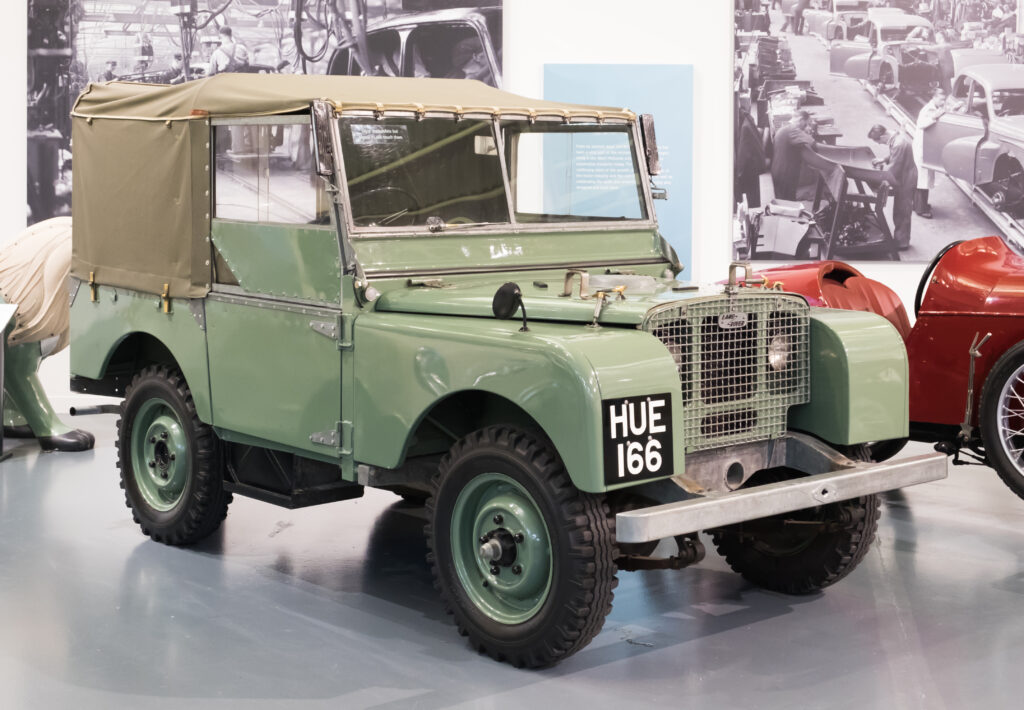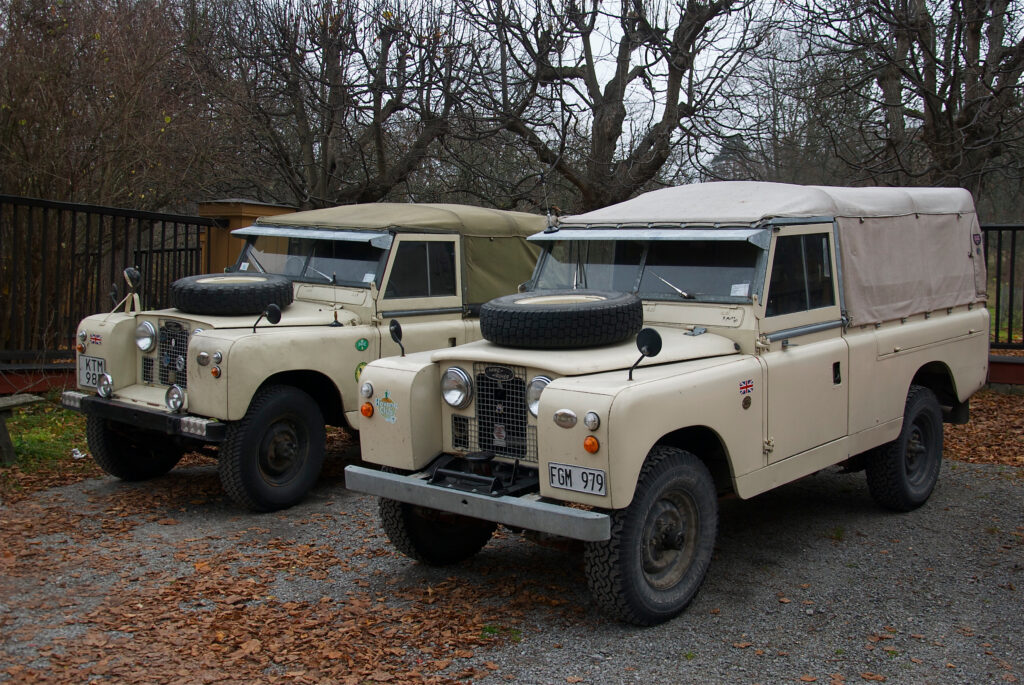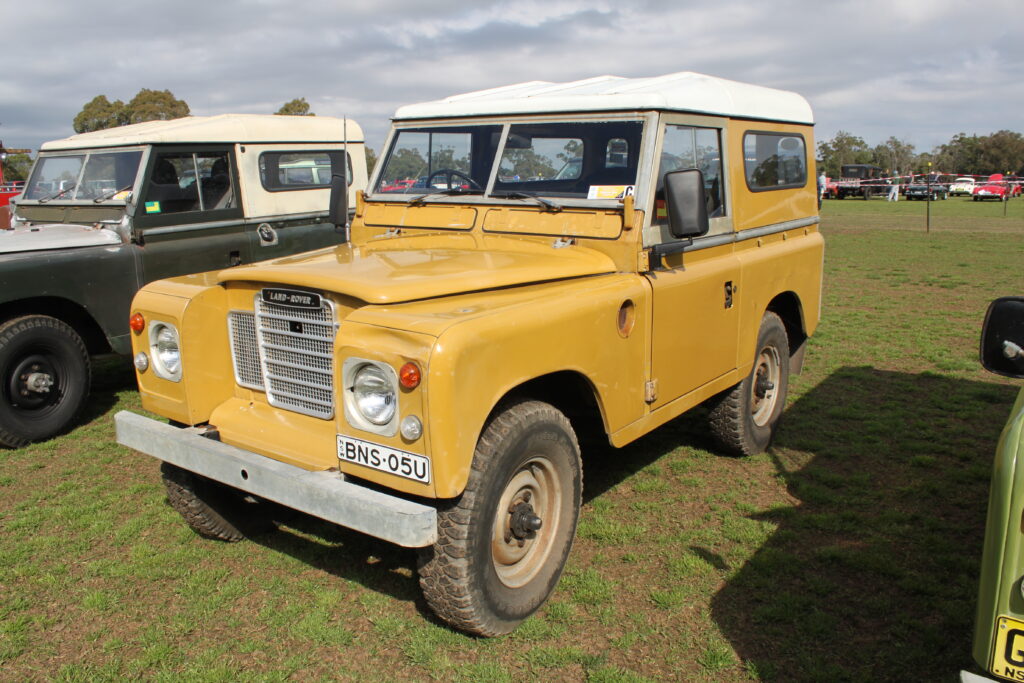Series Land Rovers—particularly Series I, II, and III—are iconic vehicles beloved by enthusiasts for their rugged simplicity and classic British engineering. But as these vehicles age, they come with a unique set of technical quirks and maintenance needs. Whether you’re restoring a Series I or keeping your Series III on the road, understanding common issues can help prevent costly surprises.
In this post, we’ll explore the most frequent problems with each model and how we can help at Alan Curtis Land Rover Specialist in keeping your vintage Landy running strong.
🔧 Common Issues with the Series I Land Rover (1948–1958)

The original Series I set the tone for all Land Rovers to come, but after more than 60 years, these classics demand careful attention.
1. Chassis Corrosion
- The early Series I used steel chassis with poor rust protection. Over time, rot can set in—especially around spring hangers and outriggers.
- Prevention: Regular underbody inspection and treatment with rust inhibitors or wax-based protection.
2. Weak Brakes
- The single-circuit drum brakes were never high performers to begin with. Brake fade and imbalance are common.
- Solution: Rebuilding the brake system with period-correct parts or modern upgrades.
3. Electrical Issues
- Early wiring looms often suffer from brittle insulation, poor earths, and corrosion.
- Tip: Consider a full rewire using updated period-style looms for safety and reliability.
🛠️ Known Problems with the Series II & IIA (1958–1971)

The Series II brought in more power and comfort—but also some new challenges.
1. Steering Box Wear
- Recirculating ball steering systems wear over time, causing vague steering or excessive play.
- Fix: We can adjust or rebuild worn steering boxes and align track rods for tighter control.
2. Leaky Axles and Gearbox
- The “self-lubricating” joke rings true—many Series IIAs leak oil from axles, gearbox, and transfer cases.
- Cure: We replace worn seals and gaskets, and inspect breathers to prevent pressure build-up.
3. Synchromesh Failure
- Early gearboxes (especially 1st and 2nd gear) were non-synchro and prone to crunching.
- Advice: Gearbox rebuilds or careful driving technique (double-declutching) can help.
🔩 Technical Problems with the Series III (1971–1985)

The Series III was the most refined of the bunch—but also came with its own mechanical gremlins.
1. Plastic Dash and Switchgear Fragility
- Unlike its metal-dashed predecessors, the Series III dash is prone to cracking and brittle switches.
- Solution: We source and install quality replacements, including upgraded electrical fittings.
2. Weak Clutch Linkage
- The clutch master and slave cylinders often fail, and pedal feel becomes vague or spongy.
- Prevention: Regular fluid changes and replacement with upgraded or OE parts.
3. Overheating and Cooling System Weaknesses
- The 2.25L petrol and diesel engines can overheat due to radiator or thermostat issues.
- Fix: A proper cooling system flush, replacement of faulty thermostats, and fitting of upgraded radiators.
✅ Keeping Your Series Land Rover Reliable
Owning a classic Land Rover is about more than just transport—it’s about history, character, and community. But it’s essential to treat these vehicles with the respect they deserve.
At Alan Curtis Land Rover Specialist, we offer:
- Full diagnostics for vintage Land Rovers
- Chassis inspections and restorations
- Engine and gearbox rebuilds
- Brake and steering upgrades
- Electrical rewiring and lighting retrofits
- Genuine and OEM parts sourcing
Whether you’re planning a full restoration or just want reliable weekend drives, we’re here to support your Series I, II, or III every step of the way.
Need help with your classic Land Rover?
Contact us today or stop by our workshop – your Landy is in good hands.
📞 01986 948063
📍 Based in Halesworth – Serving Land Rover owners across East Anglia
🌐 https://alancurtislandroverspecialist.com
